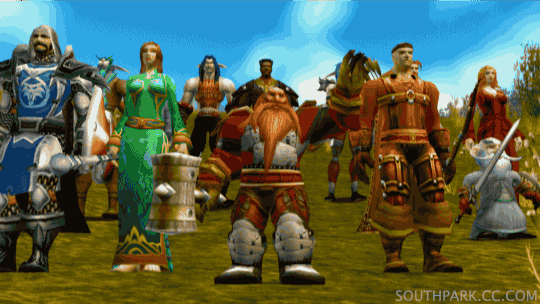
When working with artists, it is important to be able to communicate with them in their language. Graphs, diagrams and documents are not worth as much as a good image. When starting a project they’ll have a thousand questions as to what type of world you’re imagining. One of the best ways to communicate this is via a mood board.
A mood board is a collage of art from different sources that expands on the different visual elements of the game. With it you can show aesthetic, quality level, camera pov or the vibe of the game you’re trying to make. If you’re grabbing images from different sources, just make sure to group them by what you’re referencing about them (i.e. group all the ‘character designs’ together). This is not meant to substitute the art pipeline, but as a way to start the conversation with them.
Don’t stick to images, you can also use videos and gifs to show VFX and animations. Sound engineers also use audio mood boards to make sure they understand what type of soundtracks you’re looking for. One important thing as well is to include the source of the references in case your art team wants to dig deeper.

Mood boards are ancient, found in Renaissance artist’s sketch books and probably older than that. The modern form seems to come from 20th century architects. More info here.

- Gather assets (i.e. images, videos, gifs, words, color palettes, etc…)
- Organize them by category (i.e. atmosphere, characters, VFX, environment, etc…)
- Present to the team.
After presenting to the team, make sure you place the moodboard somewhere it is easy to find (like a shared drive or digital whiteboard); artists will refer back to it often, and they’ll want to add to it from their own research.

Imagine we have been tasked with making an MMO, in the style of World of Warcraft.

Now an MMO is a really big game but, simplifying inmensley, part of the mood board could look like this:

Notice how I’ve included some words as well to sell the emotions we’re looking for.
- Net Promoter ScoreA one question survey for when you’re short on time.
- Resources LoopThis is a specialized core loop for visualizing how the economy of a game works.
- MDA FrameworkOne of the most widespread ways to analyze a game holistically.
- One PagerA critical part of pitching a game idea to the wider team.
- SWOT AnalysisAn easy framework for analyzing the competition.
- Bartle’s Player TypesOne of the oldest & most widely used player categorizations





